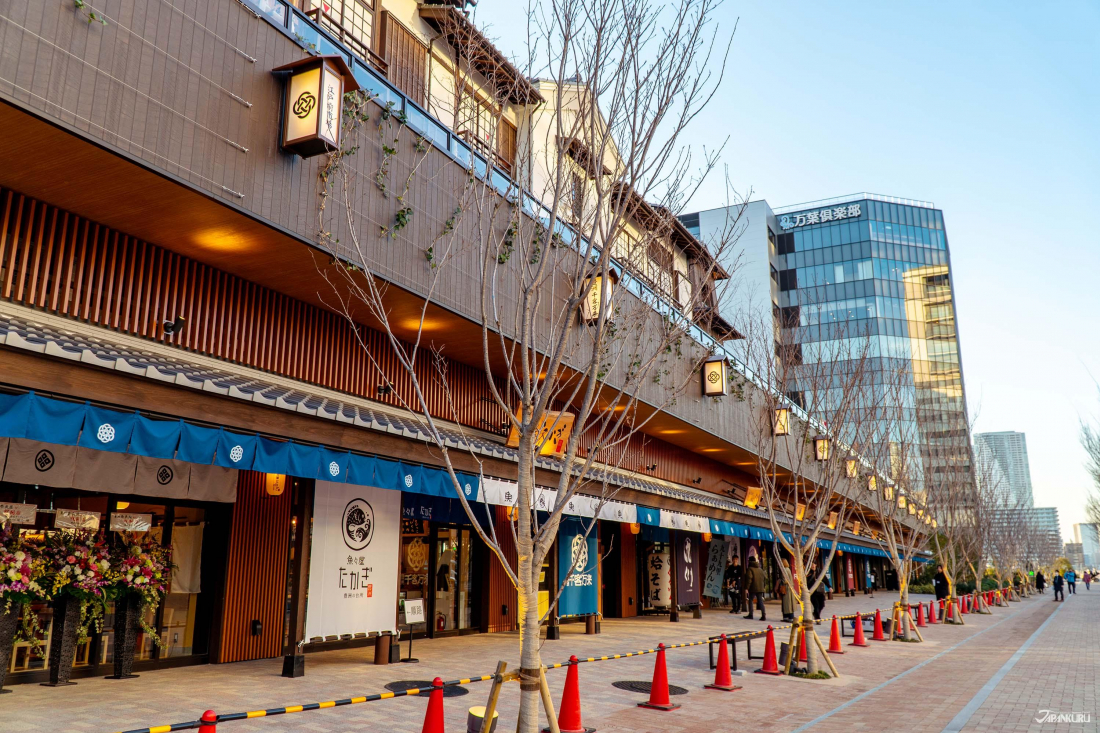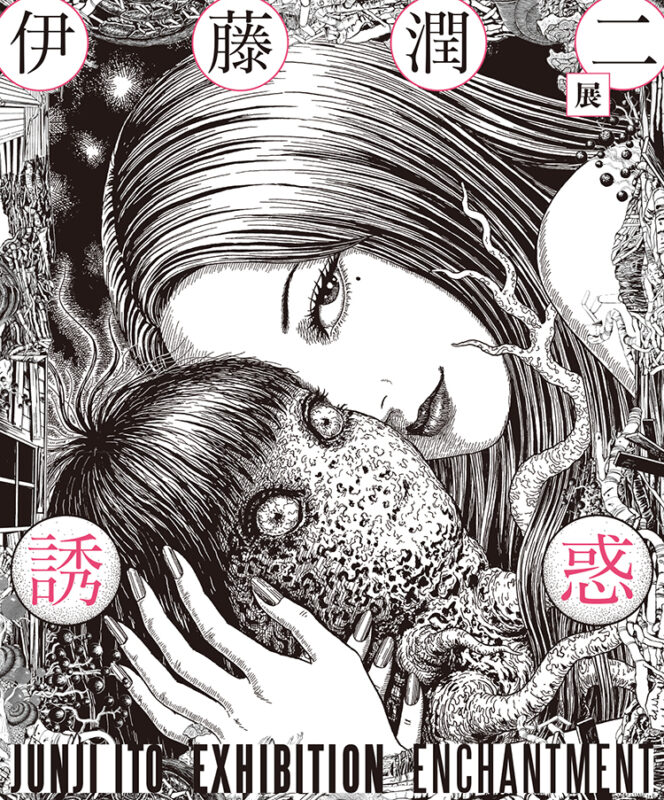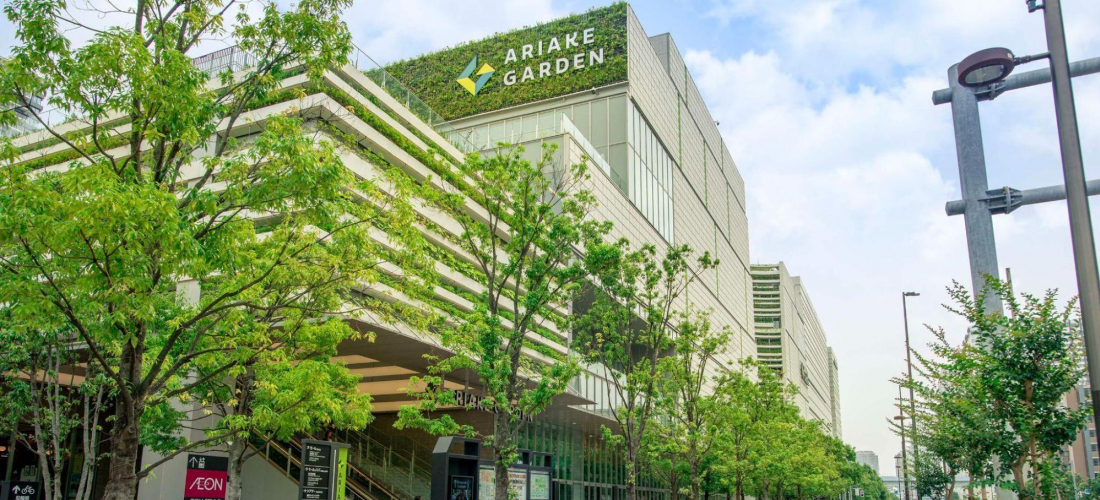CONTENTS
This new Tokyo destination has real onsen facilities in the city, a huge number of fresh food options, and a unique festive atmosphere, making it the newest thing to see in Toyosu, and a fresh attraction near Odaiba. Things are heating up on Tokyo Bay with this fun addition next to the Toyosu fish market!
Toyosu Sightseeing: A Fish Market, TeamLab, and Now Senkyaku Banrai
Toyosu takes up a portion of Tokyo's man-made islands reaching out into the bay, and while the neighborhood is often overshadowed by the neighboring Odaiba, the Tokyo Olympics and city projects have spurred Toyosu and nearby Ariake into a wave of new development in recent years. In the short time since the end of covid-era lockdowns, these artificial islands in Tokyo Bay have started to attract waves of visitors to new shopping facilities and museums, alongside better-known destinations like the Toyosu Fish Market (the successor to the one in Tsukiji) and TeamLab Planets (which seems to no longer be "temporary"). Now, the newest addition to Toyosu introduces entertainment and dining options that are totally new to the area, in the form of Senkyaku Banrai. Check out the newest big addition to Tokyo to find two big buildings with a lot to boast about: a hot spring spa and a restaurant building with its own market straight from the history books!
Toyosu Senkyaku Banrai (豊洲 千客万来)
6−5−5 Toyosu, Koto City, Tokyo
Official Website (en)
Tokyo Toyosu Manyo Club
For the many travelers who visit Tokyo in hopes of seeing all Japan has to offer, perhaps the biggest struggle is the classic Japanese onsen. These communal baths are a part of traditional Japanese culture, said to cure illnesses… or at least soak away the fatigue of a long day on your feet. But in Tokyo, genuine hot spring baths are few and far between, so this new location of the hot spring spa chain Manyo Club is a treat for Tokyo locals and visitors alike. The enormous spa building has 9 floors of facilities, including indoor and open-air shared baths, a collection of smaller private "family" baths, multiple varieties of sauna and "hot bedrock bath," massage chairs and real massages, plus multiple relaxation rooms. The onsen facilities are open 24 hours a day, and there are even a handful of guestrooms for those who want to stay the night! Since Tokyo doesn't have a lot of its own hot springs, the facility's genuine onsen water is actually brought in daily from famous Japanese springs like Hakone and Yugawara, so you can enjoy the full onsen experience without ever leaving Tokyo.
▶︎ Like most Japanese hot spring spas, the situation does get a bit sticky for guests with tattoos. Smaller pieces can be covered with large bandaids, but anyone with full sleeves or anything difficult to cover up with a few patches will be asked to stick to using the private baths.
Tokyo Toyosu Manyo Club even has something to offer visitors who don't plan to spend all day soaking in the baths: more than one foot bath with a view. The building has two different foot baths, also filled with real hot spring water, each looking out at a spectacular view of the Tokyo Bay area, including Rainbow Bridge and even a glimpse of Tokyo Tower. On the roof, a special footbath with a 360° panoramic view is available only to paying visitors at the baths. But the 8th-floor footbath, with its own great view, is available to all visitors entirely for free – perfect for taking a little break from all the walking that a trip to Tokyo entails. For an extra relaxing experience, you can even grab something to drink at the cafe next to the footbath.
Tokyo Toyosu Manyo Club (東京豊洲 万葉倶楽部)
Hours:
Main Facilities: 24 hours
Free Foot Bath: 10:00 – 19:00
Admission: adults 3,850 yen | children 1,400~2,000 yen | additional fee required for use after 3 am
Official Website (en)
The Edo Market
When the plans for Toyosu Senkyaku Banrai were first proposed, the developers envisioned the facility as a new incarnation of the Tsukiji outer market, where restaurants and other shops took advantage of the fresh Tsukiji Market ingredients to offer sushi and more. For better or for worse, a pandemic and other delays got in the way of bringing the specifics of that plan to life, but you can still see hints of it in the finished facility. The second half of the two-building Senkyaku Banrai complex is the Toyosu Jogai Edomae Ichiba (豊洲場外江戸前市場), or the Edo-Style Market, and it really is built to look like something from Japan's Edo era (1603-1868). With three floors and about 65 shops, this building is mostly dedicated to food and drinks, and the entire second floor is built to resemble a market from the days when samurai roamed the streets of Japan. Outside, counters function like market stalls, offering classic Japanese street food to match the market atmosphere. Inside, casual restaurants with counter seating are lined up next to shops offering gourmet groceries that make great souvenirs. Some of the shops and restaurants are indeed the same ones once found in Tsukiji! Others offer new delicacies, dreamed up for sale specifically at Senkyaku Banrai.
With all the fresh ingredients available literally next-door at the Toyosu Market, Senkyaku Banrai's goal is to offer fresh, authentic Japanese food with all the delicious flavors of the market. The dining and entertainment building is uniquely built with modern steel-frame construction at the base, and traditional Japanese wood construction on the top floors for those traditional Japanese vibes, letting the three floors deliver on their goals in three different ways. The first floor is dedicated to casual restaurants, which are good for sightseers, but also chosen with locals looking for a quick and tasty lunch in mind. The third floor focuses on sushi in all different forms and flavors, but also restaurants offering other traditional Japanese dishes. The second floor, as mentioned above, is like a whole Edo-era market, perfect for anyone looking to try some Japanese street food.
Try the classic Japanese-style omelettes from Marutake (originally one of the more popular stops at Tsukiji Market) to enjoy the lightly sweet flavor and fluffy texture – made at Senkyaku Banrai with special premium eggs, and offered nowhere else. Or stop by the counter of Toyosu Market tuna specialists Soma Suisan for fresh maguro grilled to perfection for a melt-in-your-mouth texture. There are quite a few different food options to enjoy at this open-air market, and you can wash it all down at the Toyosu Nomiyoshi sake stand. Get your ochoko (sake cup) and tokens from the gashapon machine, then use the automatic dispensers to do your own custom sake tasting!
Toyosu Jogai Edomae Ichiba (豊洲場外江戸前市場)
Hours:
1F Restaurants: 9:00 – 18:00
2F Inside Area: 9:00 – 18:00
2F Outside Area: 10:00 – 22:00
3F Restaurants: 10:00 – 22:00
*Some shop hours may vary.
Toyosu Senkyaku Banrai
Toyosu is a neighborhood on the rise, and with the arrival of Toyosu Senkyaku Banrai, it now has a destination for anyone looking to enjoy a little traditional Japanese culture – with a dash of modern convenience. If you want to spend the day at a Japanese onsen without leaving Tokyo, stuff your face with tons of great Japanese street food in one convenient location, or just stop in for lunch after a visit to TeamLab planets for a meal made with ingredients fresh from Toyosu Market, this new Tokyo destination is worth a visit!
For more info and updates from Japan, check Japankuru for new articles, and don't forget to follow us on X (Twitter), Instagram, and Facebook!
COMMENT
FEATURED MEDIA
VIEW MORE
A Tokyo Winter Must-See: Tokyo Mega Illumination Event Period: November 2, 2024 ~ January 12, 2025 *Closed Nov 4~8, Dec 1~6, Dec 25~ Jan 1. End date may be subject to change. Hours: 16:30 – 21:00 (final admission 20:00) *Opening hours may vary depending on scheduled events or congestion, please check the official website for details. Directions: 2 min. walk from Tokyo Monorail Oikeibajo-Mae Station, 12 min. walk from Keikyu Tachiaigawa Station #japankuru #tokyowinter #tokyomegaillumination #megaillumination2024 #tokyocitykeiba #도쿄메가일루미네이션 #tokyotrip #oiracecourseillumination

Tokyo Shopping Spot Recommendation: New Balance Kichijoji #newbalance #newbalancekichijoji #newbalancejapan #japanesesneakerheads #shoppinginjapan #japantrip #도쿄여행 #도쿄쇼핑 #뉴발란스 #일본한정 #일본패션 #日本購物 #日本買衣服 #NB #日本時尚 #東京購物 #รองเท้าnewbalance #นิวบาลานซ์ #รองเท้าผ้าใบ #ช้อปปิ้ง #คิจิโจจิ #japankuru

See Kyoto Clearly With Your New Glasses #japankuru #kyoto #jins #교토여행 #진즈 #京都 #교토수족관 #가모가와 #kamogawa #kyotoaquarium

The First Japanese Converse Flagship: CONVERSE STORE HARAJUKU #japankkuru #conversejp_pr #conversejapan #harajuku #tokyotrip #converse #tokyoshopping #匡威 #帆布鞋 #東京購物 #原宿 #日本時尚 #일본쇼핑 #일본컨버스 #일본한정 #하라주쿠 #일본패션 #일본스트릿 #รองเท้าconverse #รองเท้าผ้าใบ #ช้อปปิ้ง #ฮาราจูกุ #คอนเวิร์ส

Japanese Makeup Shopping • A Trip to Kamakura & Enoshima With Canmake’s Cool-Toned Summer Makeup #pr #canmake #enoshima #enoden #에노시마 #캔메이크 #japanesemakeup #japanesecosmetics

⚔️The Robot Restaurant is gone, but the Samurai Restaurant is here to take its place. Check it out, and don't forget your coupon! 🍣신주쿠의 명소 로봇 레스토랑이 사무라이 레스토랑으로 부활! 절찬 쿠폰 발급중 💃18歲以上才能入場的歌舞秀,和你想的不一樣!拿好優惠券去看看~ #tokyo #shinjuku #samurairestaurant #robotrestaurant #tokyotrip #도쿄여행 #신주쿠 #사무라이레스토랑 #이색체험 #할인이벤트 #歌舞伎町 #東京景點 #武士餐廳 #日本表演 #日本文化體驗 #japankuru #japantrip #japantravel #japanlovers #japan_of_insta

Japanese appliance & electronics shopping with our KOJIMA x BicCamera coupon! 用JAPANKURU的KOJIMA x BicCamera優惠券買這些正好❤️ 코지마 x 빅 카메라 쿠폰으로 일본 가전 제품 쇼핑하기 #pr #japankuru #japanshopping #kojima #biccamera #japaneseskincare #yaman #dji #osmopocket3 #skincaredevice #日本購物 #美容儀 #相機 #雅萌 #日本家電 #일본여행 #면세 #여행꿀팁 #일본쇼핑리스트 #쿠폰 #일본쇼핑 #일본브랜드 #할인 #코지마 #빅카메라 #japankurucoupon

Odaiba's DiverCity Tokyo Plaza is home to the famous real-size 20m-tall Unicorn Gundam, and the popular shopping center has even more Gundam on the inside! Check out the Gundam Base Tokyo on the 7th floor for shelves upon shelves of Gunpla, and the Gundam Base Tokyo Annex on the 2nd floor for cool anime merchandise. Both shops have tons of limited-edition items! #pr #odaiba #tokyo #tokyotrip #japantrip #japantravel #PR #divercity #divercitytokyoplaza #tokyoshopping #gundam #unicorngundam #gundambasetokyo #anime #otaku #gunpla #japankuru #오다이바 #다이바시티도쿄 #오다이바건담 #건담 #일본건담 #건프라 #건담베이스도쿄

































































